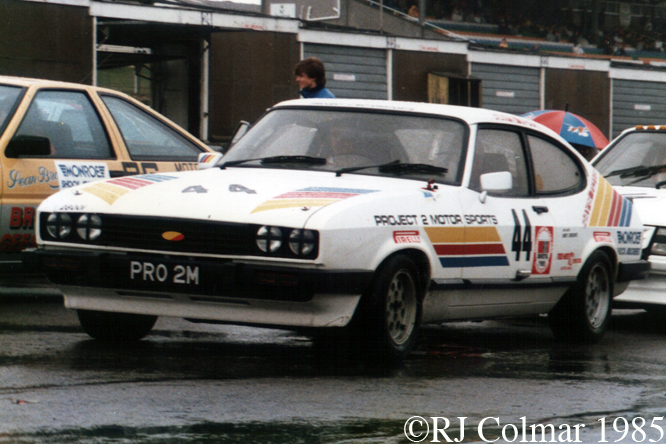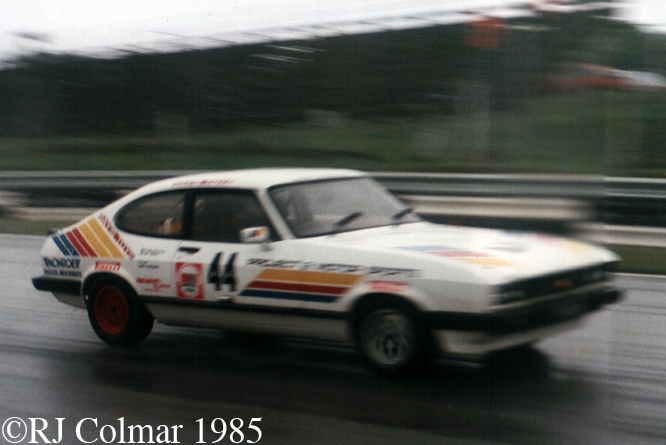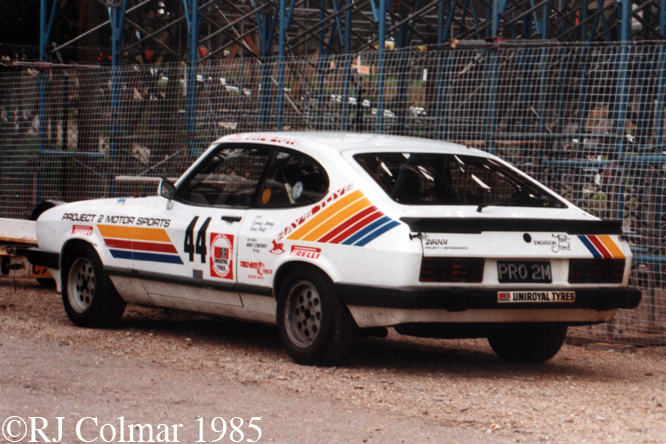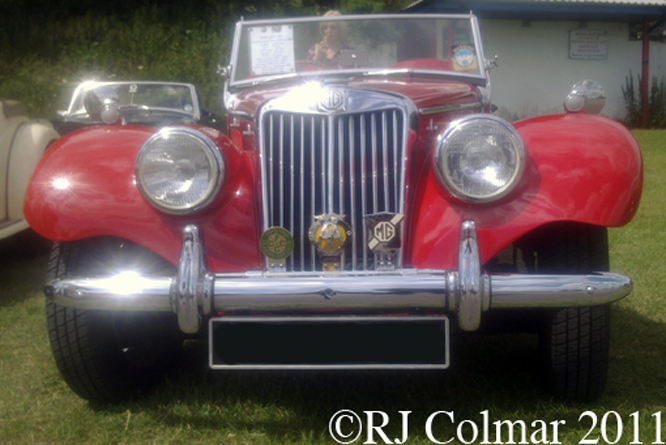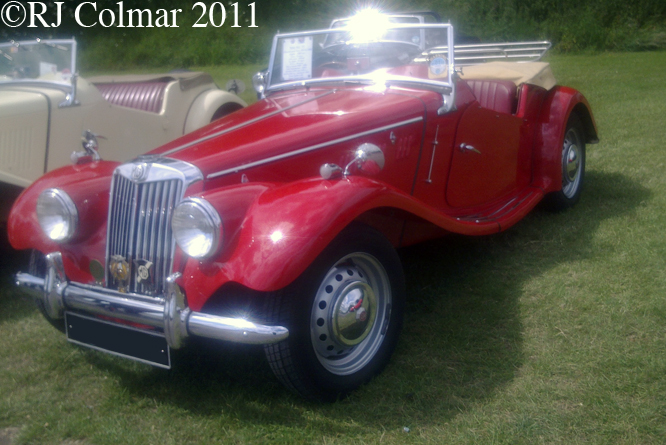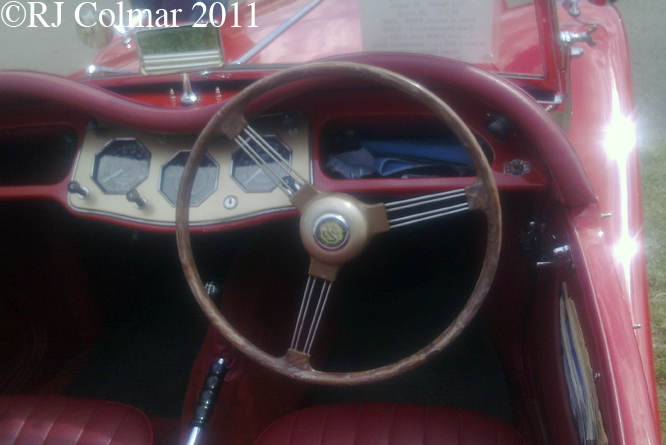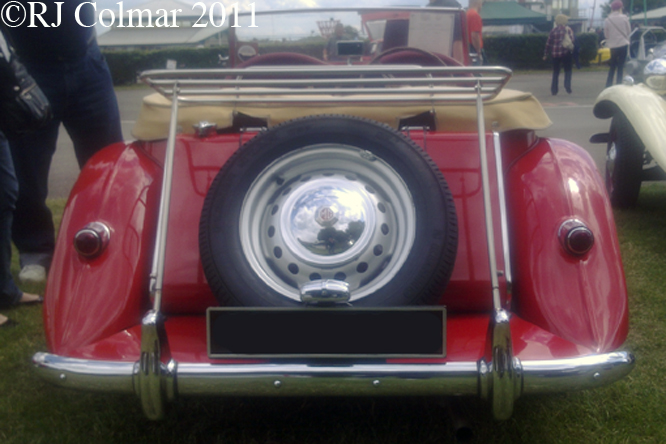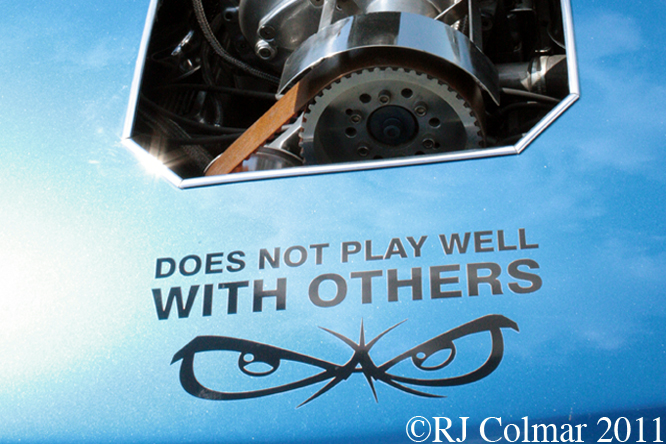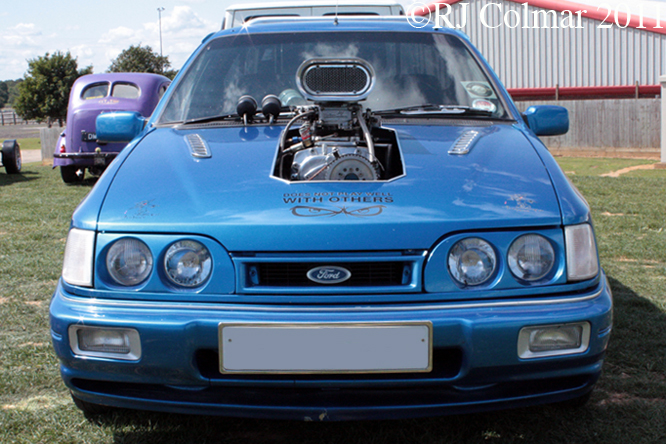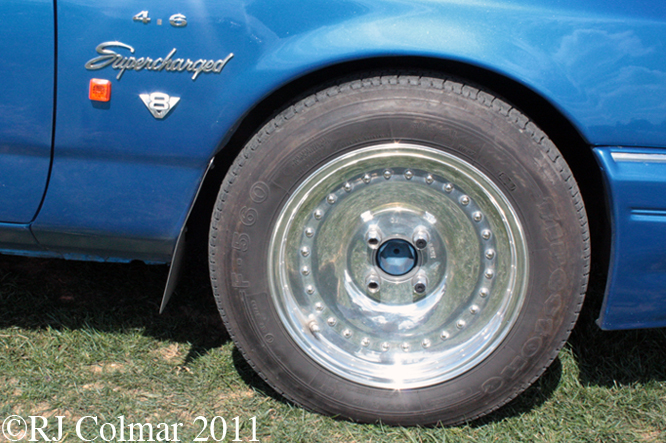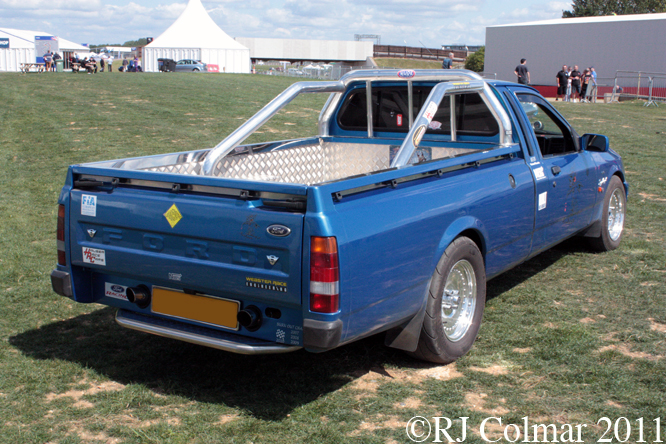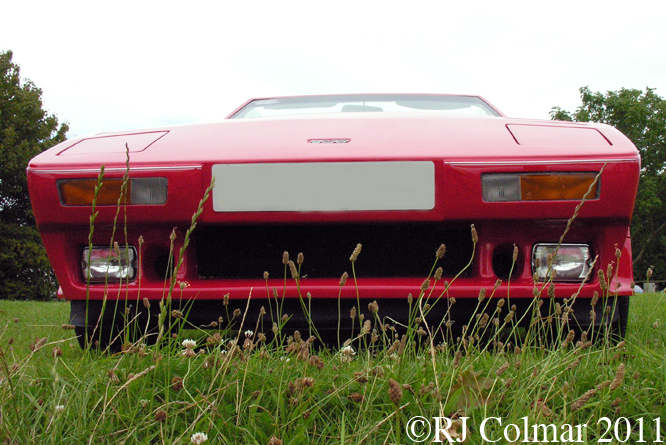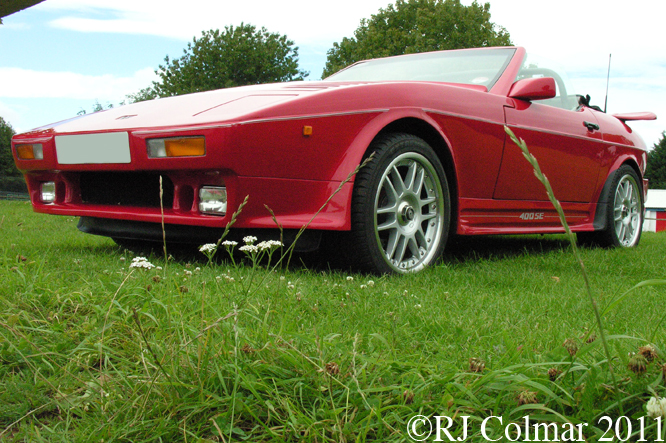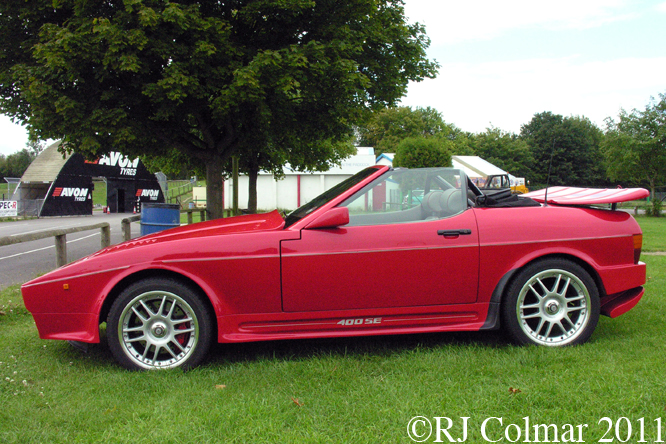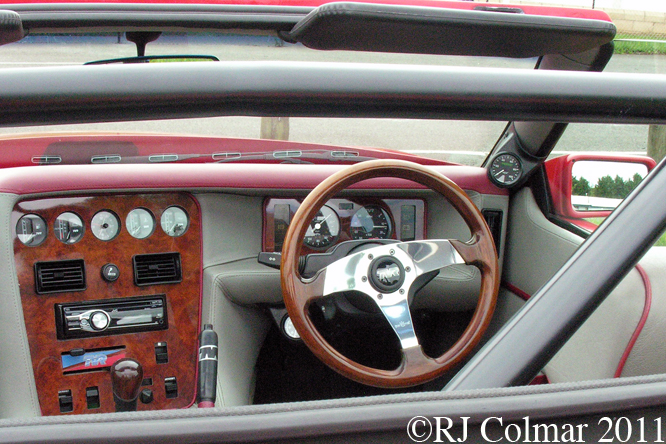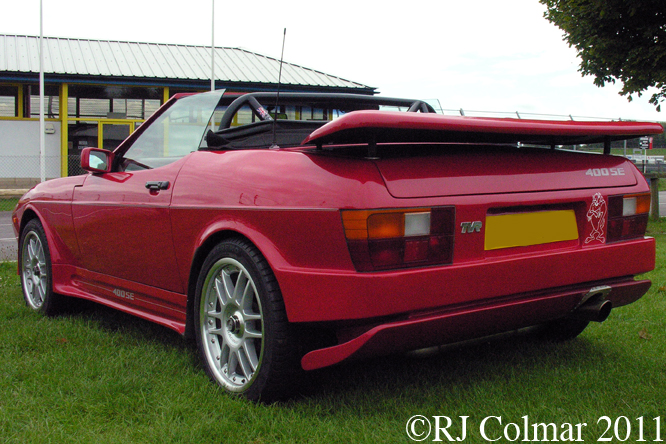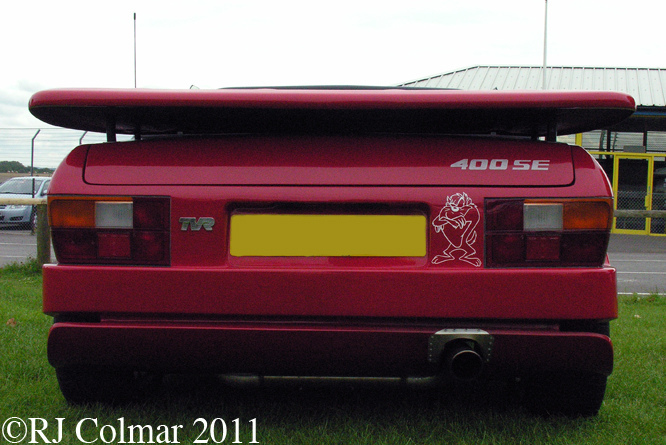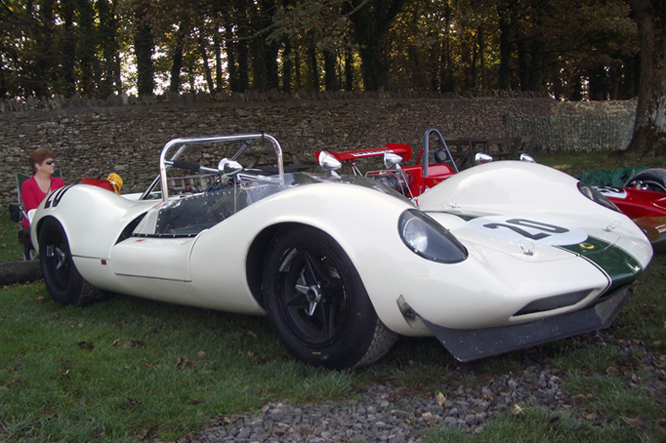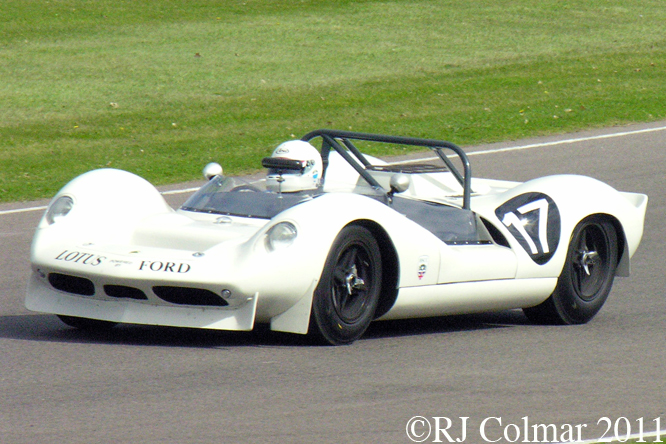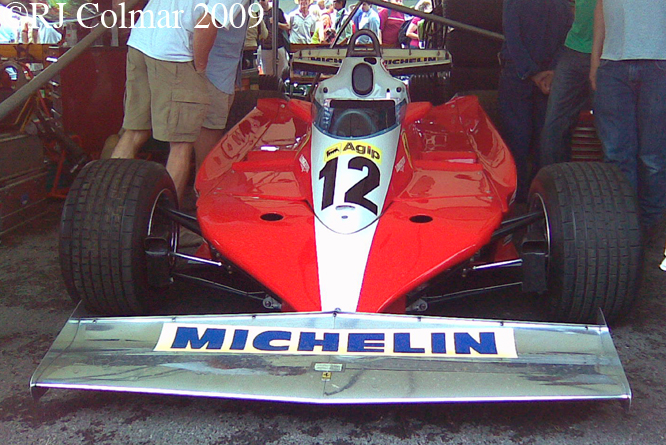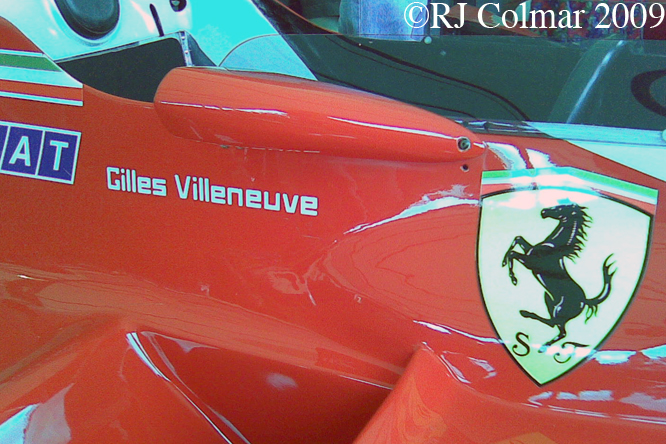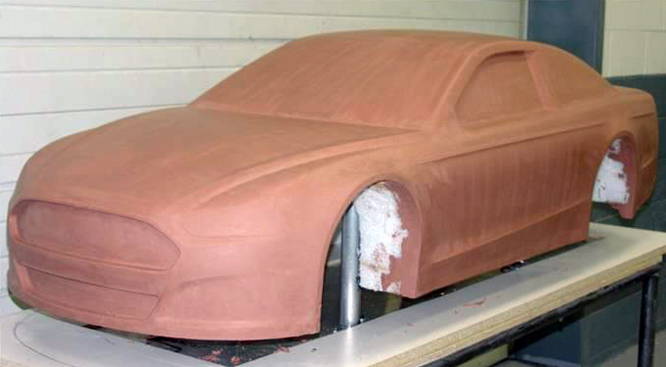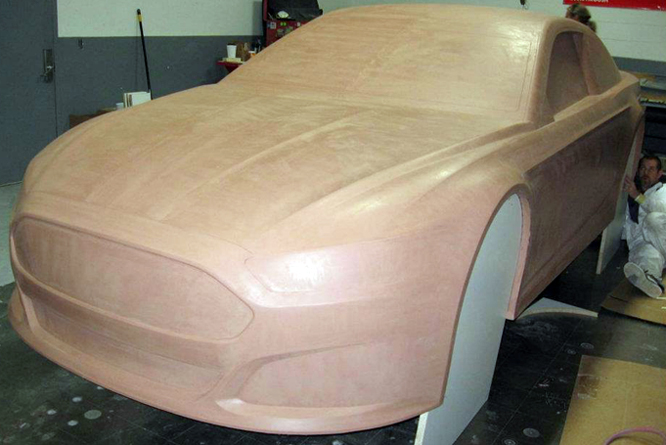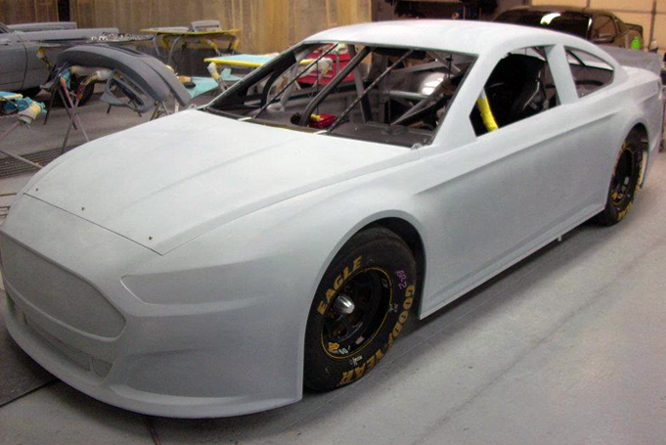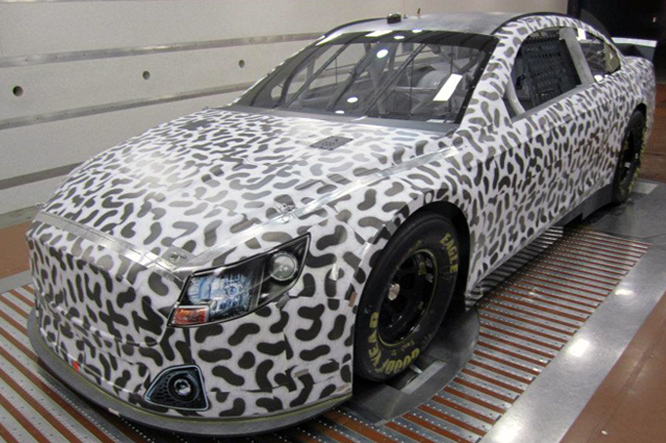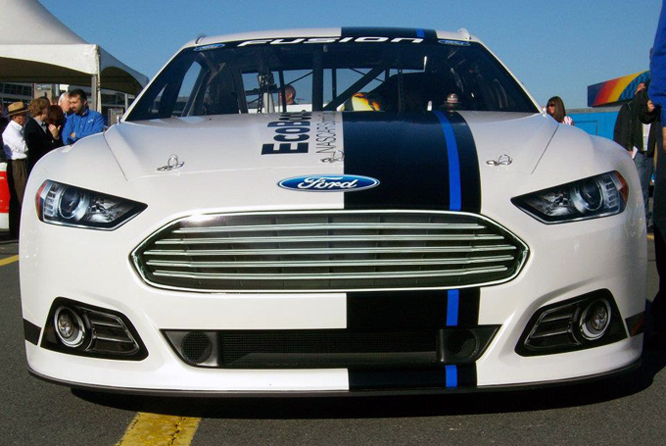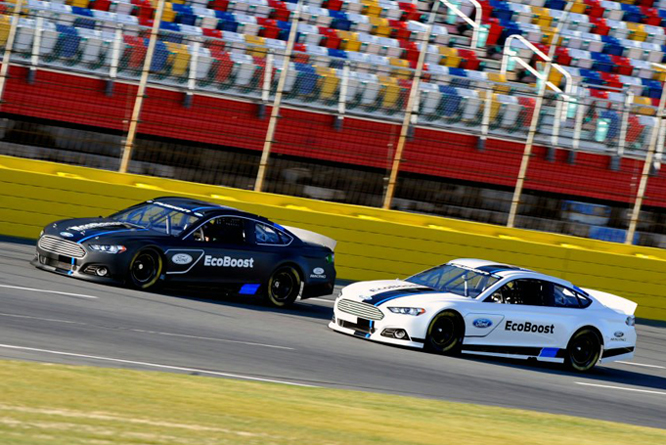During the summer of 1985 I had a temporary job sorting out magazine orders from libraries, all day long I was sat around a desk processing them with half a dozen co workers in Nottingham. Somewhere along the last week of May I got a message from my school friend Sven inviting me to join his pit crew for the Willhire 24 hour race at Snetterton. I managed to get the necessary time off work and so, belatedly, began my first hands on experience in motor racing.
My job was to keep the windscreen clean and keep the fuel tank full, the first bit was easy the second involved carrying two jerry cans full of fuel accross the entire length of the pit area, but such was my youth it really did not matter ! As I remember Sven, Ronnie and third driver Tony had a fairly trouble free race aside from a few fuel vaporization issues on a scorching hot weekened, to come in 19th place a mere 120 laps behind the leaders who drove a similar Ford Capri 2.8i. After the race I was both severely sun burned and deliriously exhausted I remember nothing about work the following week at all !
A couple of weeks later I got another call from Sven, as I did on many subsequent weekends that summer, so I found my self hitch hiking to meet Sven on Friday nights and then going off to the races on the Saturday for most rounds of the Uniroyal Production Car Championship, I didn’t have to do much at the shorter events as Ronnie’s Project 2 Motorsports had two mechanics in attendance so I’d do the time keeping.
The photo’s seen here were taken at Brands Hatch on a particularly miserable day in July, the only thing that kept me conscious was copious quantities of hot tea with tons of sugar, I suspect I might have been under dressed for the weather. Despite being the time keeper I have no recollection of exactly where Sven started or finished the race, I just remember being glad when it was all over and the car was packed up and ready to go with me in the relative warmth of the back of the towing van.
The #44 Rays Toys Ford Capri 2.8i was prepared to conform to Production Saloon Car Rules which meant that the car was fitted with a roll cage, kept all the interior trim, was fitted with road legal Yokohama tyres but strangely, for a production series, was allowed a free exhaust system, the 2800 cc 170 cui V6 motor, driving through an early 2.8i standard four speed gearbox, was in all respects a carefully assembled standard unit which Ronnie for reasons best known to himself always referred to as ‘Brazilian Spec’.
Thanks for joining me on this ‘Brazilian Spec’ edition of ‘Gettin’ a li’l psycho on tyres’, I hope you will join me again tomorrow. Don’t forget to come back now !

